Storing data is probably one of the core topics of the web3 revolution. Who owns your data? What’s your level of control on it? With decentralized storage, the data is encrypted and stored across multiple locations, or nodes, so a network of computers can share their extra disk space for a fee. Today, I’m going to focus on one of my favourite decentralized data storage projects called 0chain powered by its native token ZCN.

1. What is 0Chain?
0Chain is a high performance decentralized storage network with high quality of service, collaboration, localization, and streaming. It was founded in 2017 (that’s almost old for a web3 project) with the initial aim to help businesses achieve GDPR and CCPA compliance and transparency with zero liability.
Today, 0Chain is 3 main products covering the entire storage problem. In short, storing data, reading it but also paying for it and all of this without any centralized entity in the middle.
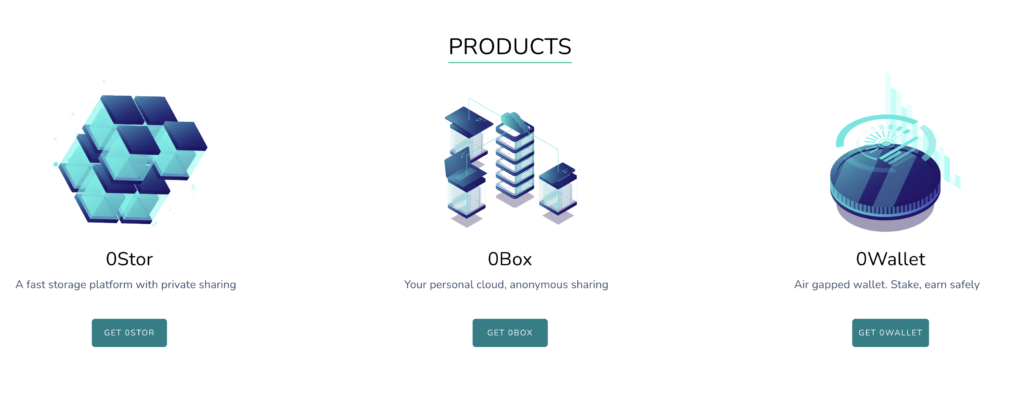
Let’s have a look at them one by one:
–0Stor: 0Stor is a private decentralized storage platform exchange. This module is designed to share encrypted content to your friends or 3rd parties. It is performant and secure because it’s blockchain-based (what’s better than thousands of computers across the globe to protect your data?).

–0Box: 0Box is your private cloud. No logins and no emails required. You can store 2GB of personal data for free that only you can access. It’s basically a highly secure vault for your digital files that no one can see or edit without your private key.

–0Wallet: 0Wallet is a wallet with staking capabilities for the ZCN tokens. It’s possible to lock your assets with advanced security protocols (“2 devices key split”). Then, you can stake your tokens and plenty of resources are available online to explain how.
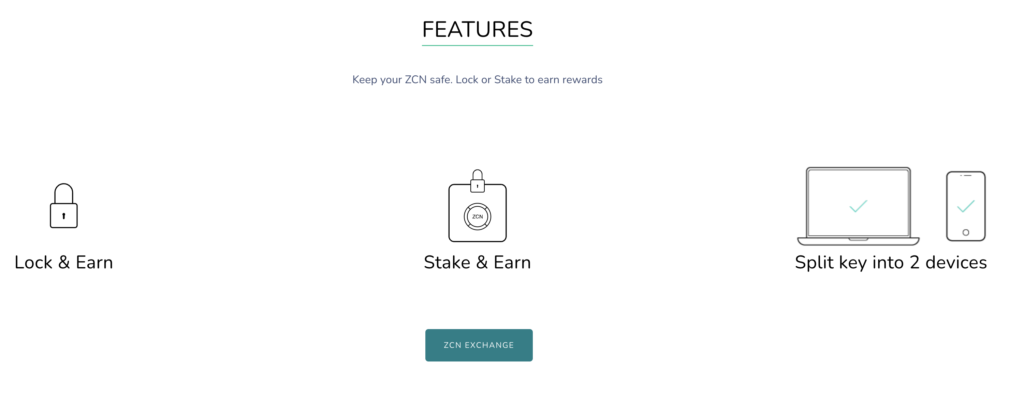
How does this all stick together? Well, it’s a dance between different roles: miners, sharders, blobbers and validators.

Two users sharing the same content will need to use a read/write/pay mechanism based on these components. Each action is recorded and validated on the blockchain:

In other words, miners and sharders get paid to orchestrate this write/store/read sequence, that the users request:

2. How To Use It?
Firstly, I got pleasantly surprised by how simple it was to use. After creating a wallet here:

You’re then in a position to upload a file straight away. For example, here I’m uploading the Altcoin Oracle banner in my storage for … almost nothing:
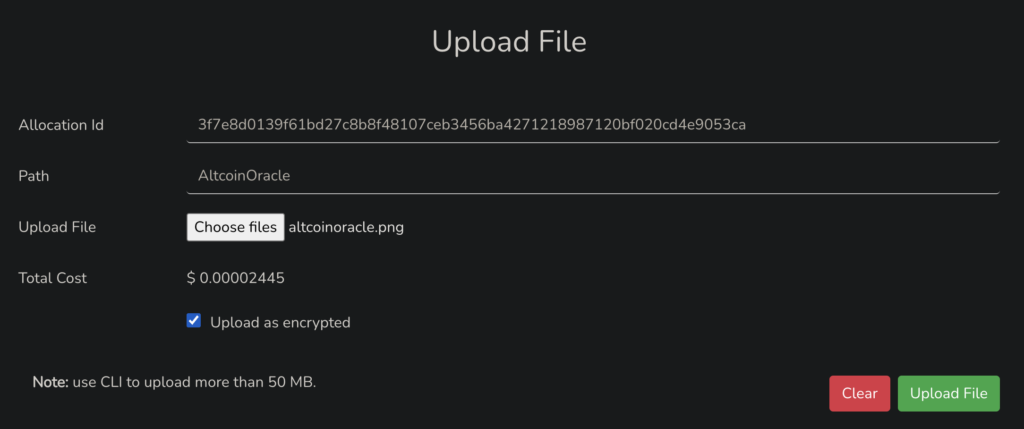
Also, you can use their CLI for a more programmatic experience:

It also comes with a great documentation detailing how to use it with the possibility to install the CLI in a minute:
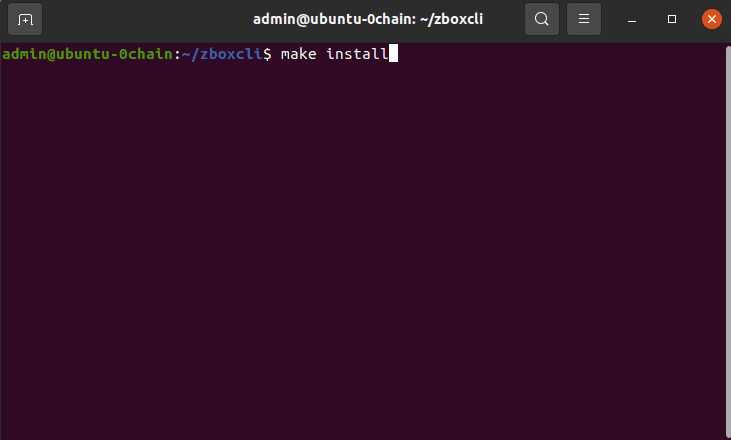
And you can then start the application:
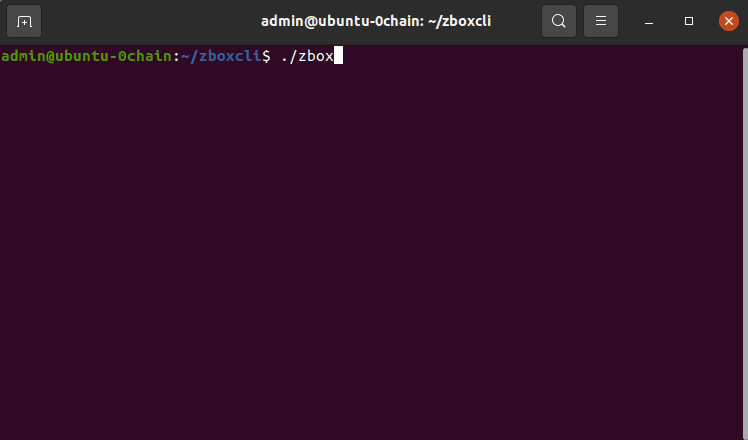
Finally, you can for example create a storage allocation:
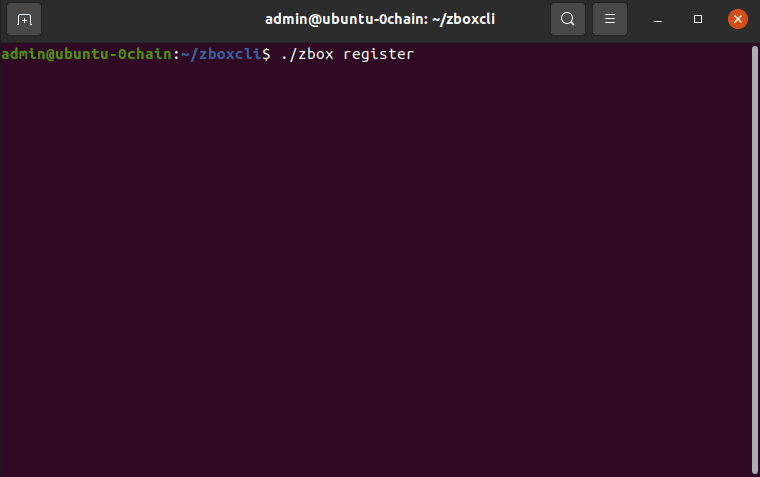
3. The team and the project
The leadership team is very solid with a lot of experience and 2 PhDs in advanced technical topics. Also, a “Californian university background”: yes, I do look at this because the Silicon Valley culture is a positive thing to me to implement successful disruptive ventures.


Likewise, the list of ambassadors is covering all domains (I always look for gaps in teams):

Finally, the advisors are from all over the world (USA, India, UK) with backgrounds in finance and tech: I think it’s always good for a crypto project to have people coming from finance or audit (e.g: KPMG) to keep the connection with the financial corporate world.

It’s 18 people from 3 different continents with various backgrounds working on a project covering one of the hottest topics: decentralized data storage.
Additionally, I like to look at the Github activity of the project. For example, we’re on Sunday, it’s 4pm London time and the last commit is 13 minutes ago (!):
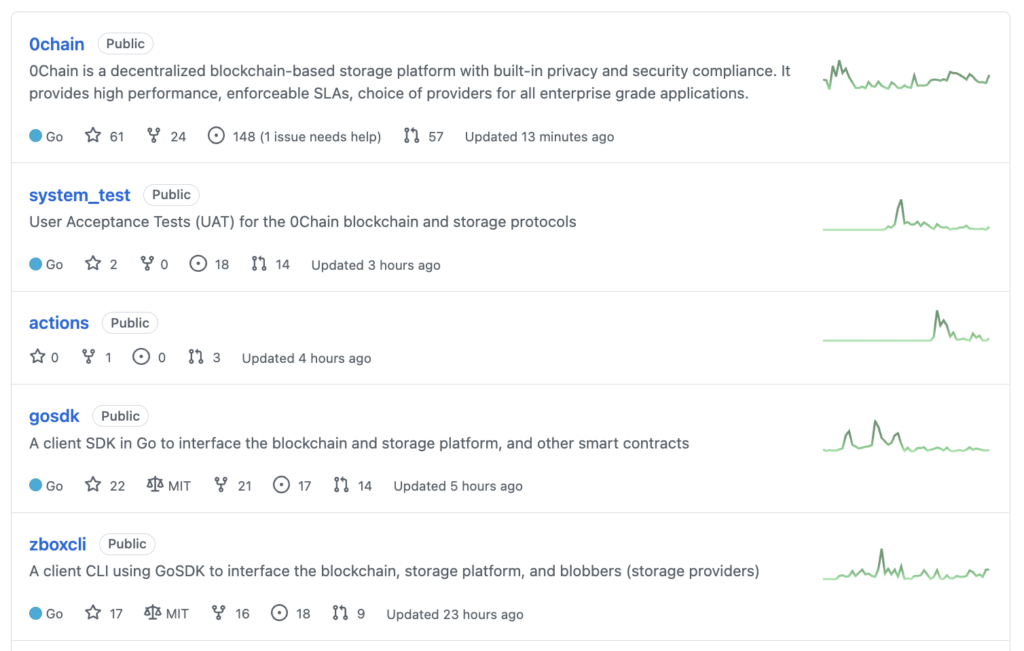
To me this is really important. It tells you that even at the weekend the project is being continuously worked on and that the community of developers is strong. In fact, I think it’s one of the most underrated way to evaluate a blockchain because the engineers behind the website are the engine behind the scene. This criteria in itself is also hinting about their ability to hire developers and retain them, indirectly. As I’ve shown in this article, this parameter is absolutely key to the success of web3 ventures.
Furthermore, because I’m a control freak, I like to look at the merged pull requests frequency. This is an indicator of the feature deployment speed (more or less!) and you can see here that there are multiple PRs going through every day on average:
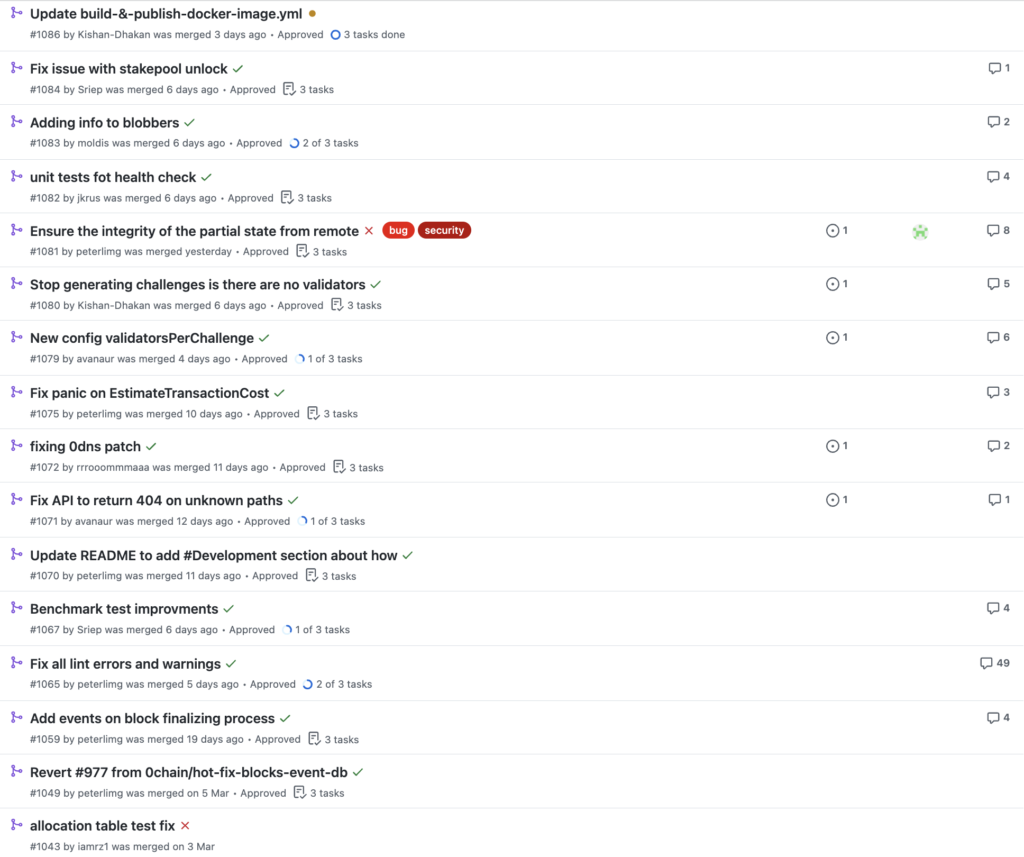
This (usually) means that the team is able to deliver fixes and features fast which is extremely important in a competitive sector like web3.
Finally, the list of partners is very impressive from massive tech companies to disruptive blockchain protocols like Fetch AI:

4. 0chain as an investment
First, the ZCN token is on its way up with a slight volume increase:

Then, the market capitalization is almost 30 million USD which starts to be “something” in the altcoins world:

Also, the number of active addresses recently dropped but reached a support and we’re still in a 24k zone:

Usually, I always look for a project with at least 7k active addresses as per this article.
Finally, the project is getting less and less centralized which is a good thing, that’s 3 months ago:
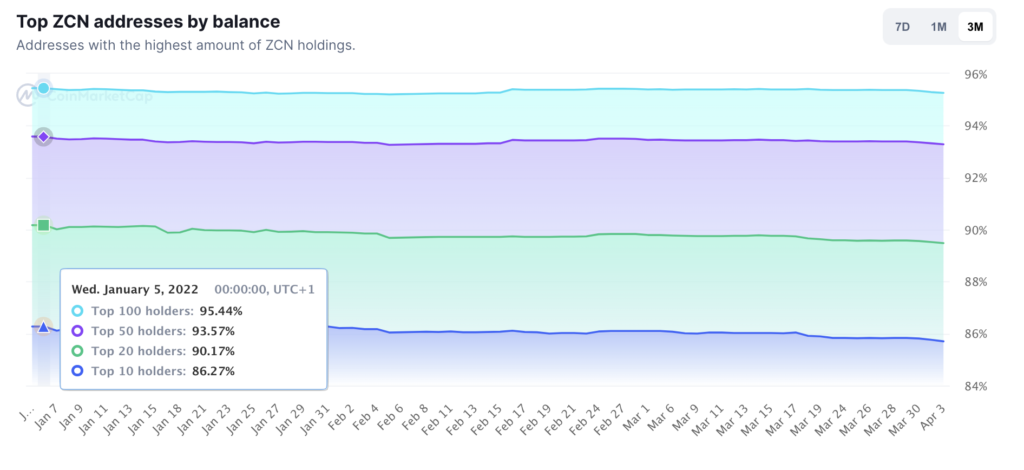
However, today the top 10 and top 100 hodlers have less of the supply:

The size of the cake in terms of market capitalization? Probably around 140 billion USD by 2025:

This is 5000x the market capitalization of the project.
5. Conclusion
I like the 0Chain project because of the team (diversity, complementarity and experience). They’ve delivered an open decentralized storage system with an impressive piece of engineering behind the scene. This ecosystem is functional and with plenty of whitepapers backing it. Also, the GitHub account of the projects looks very healthy. Finally, the market cap of the sector in 2025 will be 5000x the market cap of the token (I always look for this kind of ratio on altcoins) which offers a nice potential upside for the risk taken (small crypto project). I will be investing in ZCN because I also believe in the vision: decentralizing storage and fight against the current monopoly of tech giants.
Thanks for reading.
Disclaimer: this is not financial advice
